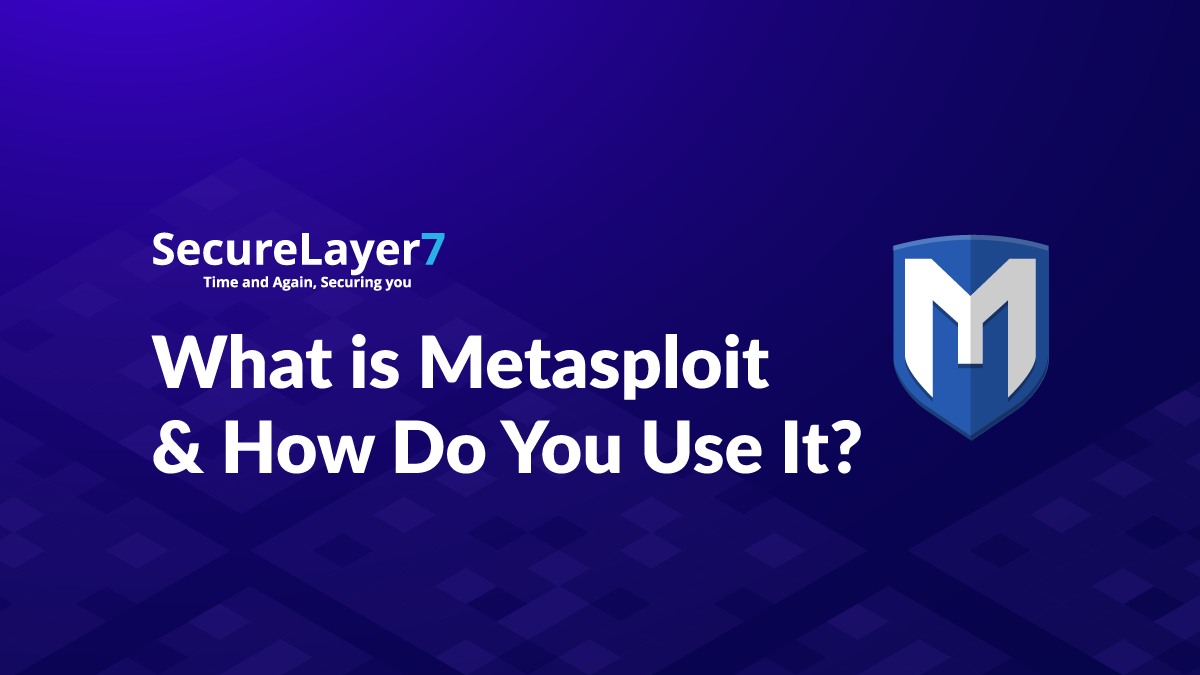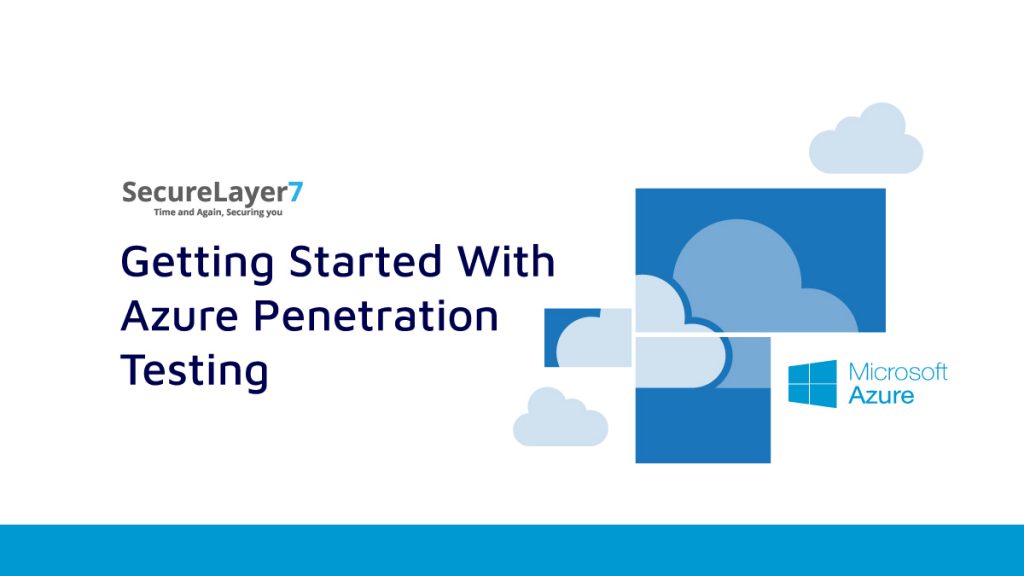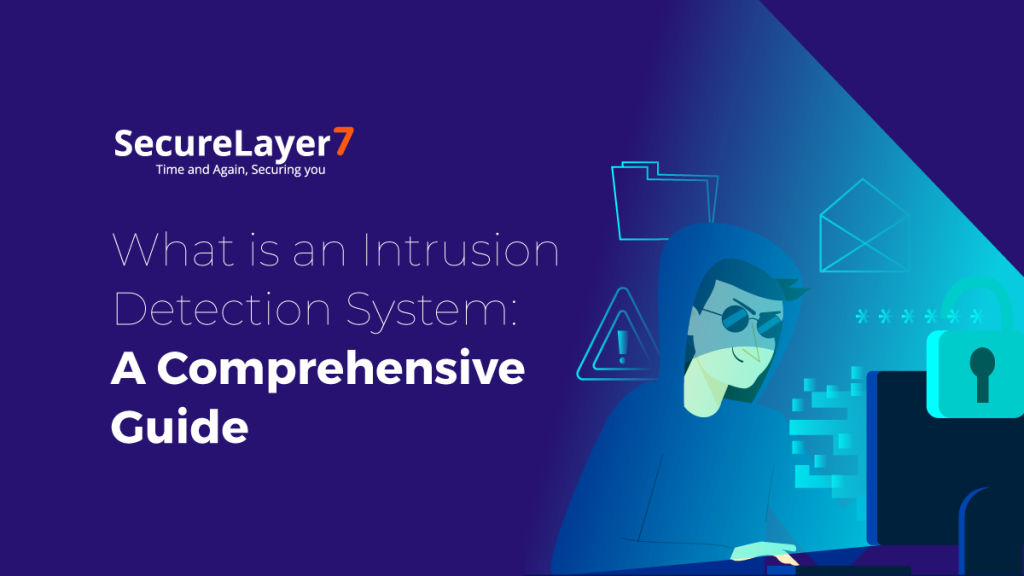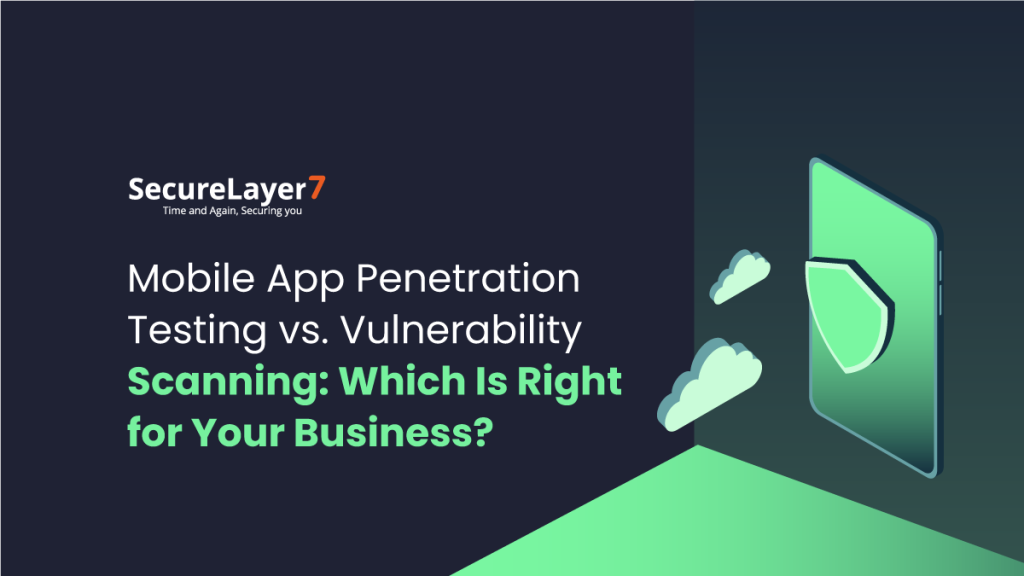
What is Metasploit & How Do You Use It?
February 27, 2023
Pentesting For GCP security – Fortifying Google Cloud
March 13, 2023
The rising demand for infrastructure as a service has raised concerns about security measures to cope with cyber threats.
This has also paved the way for new and strict policies to adhere to. The whole focus has shifted to securing the product or service as much as possible in a shorter period.
Microsoft Azure is one such platform with impeccable services offered to its clients. The growing popularity of its numerous cloud services has got it stronger with time in the realms of cybersecurity.
If you are one such user of Microsoft Azure, then the question of security in the account must have intrigued you. Well, the cloud provider ensures the optimum security for its infrastructure and also keeps a check on newly coming threats.
One should know that to ensure that Azure is free from growing cybersecurity threats, penetration testing is a pivotal step to take. But, to perform penetration testing in Azure one has to comply with the policies that are laid down by Microsoft.
This blog is your in-depth guide to getting started with Azure penetration testing. We will cover all the different aspects of security policies in this blog to give a complete idea of how to conquer penetration testing.
Understanding Azure Cloud Deployment
To begin testing for vulnerabilities in Azure, you must first have an understanding of how Azure is implemented on your end.
The kind of deployment determines how the security should be managed. There are two different modes of deployment, which are referred to as Classis mode and Resource Management mode.
When you switch to resource management mode, all of the cloud services are combined into a single entity for your use.
Access to the Azure Resource Manager is given to you as part of this (ARM). You may use this to manage all of your cloud services and consistently implement security policies, as suggested by the name of the product.
ARM also gives you the ability to implement RBAC, which stands for role-based access control, across all of the group’s virtual resources.
You are provided with a packaged cloud service when you choose the classic mode, which includes a virtual machine, load balancer, an external IP address, and a network interface card.
How Does Azure Cloud Penetration Testing Works (Red Team Vs Blue Team)
Azure Cloud Penetration Testing is a security assessment process that involves simulating an attack on an Azure cloud environment to identify vulnerabilities and test the effectiveness of security measures.
It can be conducted by a Red Team, the offensive team, or by a Blue Team, the defensive team.
The Red Team simulates a real-world attack by attempting to find weaknesses in the Azure cloud environment, such as misconfigured security settings, unpatched vulnerabilities, and weak passwords.
They use various tools and techniques to try and gain unauthorized access to the environment.
The Blue Team is responsible for defending the Azure cloud environment and identifying any attacks launched by the Red Team.
They use various monitoring and detection tools to identify and respond to any security incidents.
The Blue Team also reviews the findings of the Red Team and works to remediate any vulnerabilities that were identified during the testing.
Ultimately, the goal of Azure Cloud Penetration Testing is to identify and remediate vulnerabilities in the Azure environment, as well as to improve the overall security posture of the organization.
Both the Red Team and Blue Team need to work together to ensure the effectiveness of the testing and the security of the Azure cloud environment.
How To Conduct Your Own Azure Pentest
Here is an in-depth guide on how will you conduct your own Azure Pentest.
Azure Pentest Policies: Rules of Engagement
Microsoft actively promotes security researchers to test their Azure services and report their results to aid in the company’s efforts to detect and patch any security holes that may exist.
When doing any kind of testing, however, security researchers are obligated to adhere to a set of guidelines to maintain the confidentiality of their client’s information and prevent interruptions to their services.
Microsoft forbids its customers from engaging in the following activities:
- Scanning and/or testing the Azure assets of other customers
- Collecting information that isn’t entirely yours
- Committing a DoS attack, of any kind, requires some kind of distributed attack.
- Do extensive network testing and probing on Azure virtual machines.
- The use of automated testing methods to generate a large amount of traffic during a test.
- Any attempt to use social engineering techniques like phishing against Microsoft workers will be vigorously resisted.
- Attacks on Microsoft employees via phishing or other forms of social engineering that breach the online usage rules.
To complete a penetration test in Azure, Microsoft suggests the following:
- The best way to check for potential vulnerabilities in account-to-account communication is to create several test or trial accounts. Nonetheless, you are not permitted to use these test accounts to access the information of real customers in any way.
- Putting your virtual computer through its paces with a battery of security tests, port scans, and fuzzing tools.
- You can simulate real-world usage patterns on your account, up to and including peak loads, for a thorough test.
- Attempt to bypass Azure’s security and access private data. When such a flaw is discovered, you should immediately notify Microsoft and stop testing.
The Best Tools For Azure Penetration Testing
Here are 7 tools that are great for Azure penetration testing.
1. ScoutSuite
ScoutSuite is an open-source multi-cloud security auditing tool that enables users to assess the security posture of their cloud environments.
It provides a comprehensive view of security configurations, including identity and access management (IAM), network security groups, storage accounts, and other resources. ScoutSuite supports multiple cloud providers, including Azure, AWS, Google Cloud, and Oracle Cloud.
ScoutSuite works by connecting to the cloud provider’s API and collecting configuration data for all resources associated with a given account.
It then analyzes the data to identify security risks, compliance issues, and other potential vulnerabilities. The tool can generate reports that highlight critical issues, as well as provide remediation advice.
Some of the key features of ScoutSuite include:
- Multi-cloud support: ScoutSuite supports multiple cloud providers, making it an ideal tool for organizations that use multiple clouds.
- Automated scanning: ScoutSuite automatically scans cloud environments to identify security risks, compliance issues, and other vulnerabilities.
- Detailed reporting: ScoutSuite generates detailed reports that highlight critical issues and provide remediation advice.
- Integration with other tools: ScoutSuite can integrate with other tools, such as ticketing systems or incident response platforms, to enable streamlined workflows and faster response times.
Overall, ScoutSuite is a powerful tool for assessing the security posture of cloud environments and identifying potential vulnerabilities.
It is a great choice for organizations looking to secure their cloud infrastructure and comply with industry regulations.
2. Azucar
Azucar is an auditing solution for Azure that uses a multi-threaded plugin architecture. Every information related to a user’s Azure subscription is automatically collected and analyzed. The data is then used to expose any potential threats to safety.
3. MicroBurst
MicroBurst is a set of scripts that allows you to perform exhaustive testing on your Azure deployment. It is possible to utilize it to detect weak configurations, discover services, and accomplish a wide variety of additional post-exploitation goals.
4. PowerZure
PowerZure is a PowerShell module for Azure that provides a set of cmdlets to automate various tasks related to Azure management and security.
It enables users to manage Azure resources, monitor security configurations, and perform security assessments using PowerShell commands.
5. Stromspotter
Stormspotter is a cloud security tool that helps organizations detect and respond to security threats and vulnerabilities in their cloud environments, including Azure.
It provides continuous monitoring of cloud infrastructure and identifies potential security threats and vulnerabilities in real-time.
Stormspotter uses machine learning algorithms to analyze log and event data from Azure resources, such as virtual machines, storage accounts, and databases, and detect anomalies and patterns that may indicate a security threat.
It can identify various types of security threats, such as brute-force attacks, malware infections, and data exfiltration attempts.
6. CS Suite
Cloud Security Suite (CS Suite) is an open-source security tool for auditing the security of cloud environments, including Azure. It is designed to assess the security posture of cloud infrastructure and identify potential security threats and vulnerabilities.
7. Prowler
Prowler is an open-source tool designed for AWS and Azure cloud security assessments. It is a command-line tool that automates security checks against various best practices and compliance frameworks, including CIS AWS and Azure Foundations benchmarks, NIST 800-53, and GDPR.
Prowler enables users to perform a comprehensive security assessment of their cloud infrastructure and identify potential security threats and vulnerabilities.
The tool provides a set of automated checks that evaluate the security configuration of various cloud services, such as computing, storage, networking, and identity and access management.
Security Best Practices That Should Be Followed
Having a clear understanding of what all tools are required in the penetration testing of Azure, along with the awareness of all the policies that are to adhere to, we can now focus on major areas for the pen testing in Azure.
1. Accessing Azure Cloud Services
Access management should be checked initially after Azure deployment. Start with the Azure portal.
Review Azure users in the Azure access directory. Delete unknown or unauthorized users. Use multi-factor authentication to secure logins.
Check if PowerShell or REST API Azure access is encrypted. Be careful with cross-machine credentials.
To protect your application from illegal access, employ user role-based access controls. Reader, contributor, and owner are Azure roles.
After the owner, the contributor and reader have privileges. Make sure everyone follows the least privileges.
Check privilege escalation vulnerabilities when penetrating (if any user can elevate permissions that do not match with the role).
2. Securing the Database
Microsoft protects Azure MS-SQL databases with numerous layers of security. Server and network-level firewalls and data masking are an example. Network security requires server and database firewalls.
Whitelisting safe IPs instead of blacklisting configures them. Server-level firewalls control access to servers with numerous databases. Database-level firewalls enable fine-grained security and protect specific databases.
Azure’s Always Encrypted is powerful. This protects critical data from Microsoft admins. Encrypting all Azure data requires a key. Azure or on-premise can store this key. You lose control over key backup and rotation if you provide Azure with the encryption keys.
In the absence of data encryption, data masking can aid. Azure data masking protects sensitive data from unauthorized users. Azure SQL Cmdlets, Portal, or REST API can configure this for storing customer financial data.
3. Encryption
Encryption helps safeguard cloud platforms. Encrypt cloud data in transit and at rest. Use the newest HTTPS or TLS for in-transit encryption. Analyze user access risks and employ VPN as necessary.
Protecting your keys on-premise is your only responsibility. Control Azure service access with Azure Key Vault.
Attackers can use these keys to decode all sensitive data if they get this vault. The firm can manage encryption keys on-premise or let Microsoft handle them.
Conclusion
In conclusion, Azure penetration testing is critical for maintaining the security and compliance of Azure cloud infrastructure.
Organizations should regularly perform penetration testing to identify potential security risks and vulnerabilities and take appropriate measures to mitigate them.
We are here to help you at every step. By implementing robust security testing practices and using the right tools and technologies, we at SecureLayer7 can ensure the security and integrity of your cloud environments and protect your sensitive data and applications from cyber threats.


